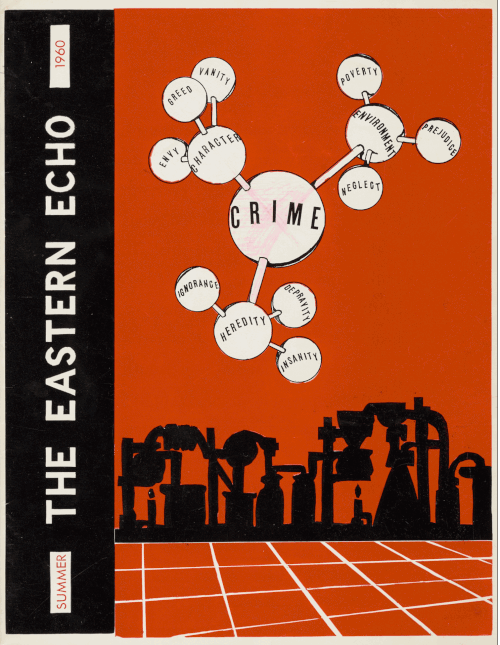Established 2023

Discover the stories of incarcerated writers, journalists, editors, poets, and printers.
In the 1880s, printing presses entered U.S. prisons. Since then, hundreds of newspapers have been written, edited, and printed inside prisons. These range from underground zines reproduced by hand to widely-circulated magazines and newspapers. Together, these texts form a powerful counter-archive to the wash of dime novels, government forms, envelopes, and church circulars printed for pennies on the dollar by prison labor.
Printing in Prisons investigates the complicated role of printing presses in prisons as a technology of both exploitation and creative expression. This collaborative research project takes multiple forms:
- We are engaged in COLLECTIVE PEDAGOGY through courses, hands-on assignments, and mentorship both inside and outside prisons. Our goal is to build multi-generational cohorts of scholar-practitioners who understand prison media.
- We also thoughtfully CURATE HISTORICAL DATA on this website. Here, anyone can access and download a fully digitized, indexed, and expanding library of newspapers edited, written, and printed by incarcerated individuals, alongside scholarship on the history of printing presses within prisons.
- Finally, we TELL THE STORIES of these individuals through art, and archival research that values their complexity, creativity, and humanity.
In all our work, we collaborate across our differences as scholars, students, and justice-impacted individuals to approach history not as a passive archive but as a messy process that implicates us all. Our guiding belief is that those who better understand the long history of extractive carceral systems, and the rhetoric that continues to reproduce them, can more effectively work to abolish them.
